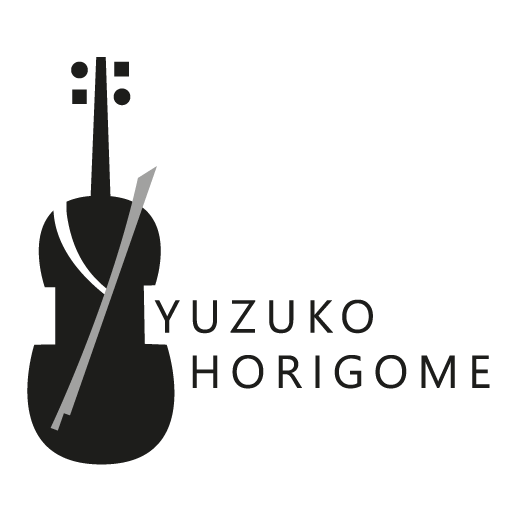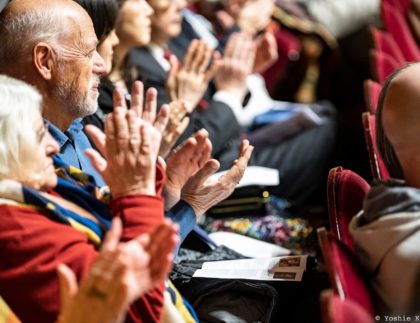Listening comes after transcribing.
Keiko’s lesson continues.
With tuning as a starting point, playing economically involves understanding which notes
are important in the piece. This in turn requires examination of the piece with a longer
vision, a sense of its entirety. This process enlists the biggest element of music-making –
listening.
Lack of preciseness in understanding important parts, bridge parts, assertive parts of the
piece ends up making a performance very superficial , a sequence of short-term solutions.
Once, I stayed for several days in winter with my mentor, the late pianist Rudolf Serkin, at
his house in Brattleboro, Vermont. At the time, we practiced Brahms’ Violin Sonata No.1
together. I remember that, looking at the score, Serkin taught me how to play the piece by
pointing out necessities: “we need this, but don’t need that.”
When we are young, we learn how to play every single note accurately, like writing letters
all in block style. There are of course fortes and pianos pertaining to each harmony and
bar.
Now, at this later stage, playing economically means reconstructing our approach after
mastering all these techniques. In other words, unnecessary notes can be ignored. The
fingers will guide us to do so. It does depend on how conscious we are of important notes,
how well we analyze each phrase.
Serkin often closed his eyes while in the car. I thought he was sleeping, but he was
replaying and listening in his mind to the music that he would perform.
After playing a concerto or sonata on the stage, Serkin said:
“Well, I was 30 seconds faster.”
Replaying a piece in my mind will be a new challenge for me.
In Brussels, February 20, 2023

